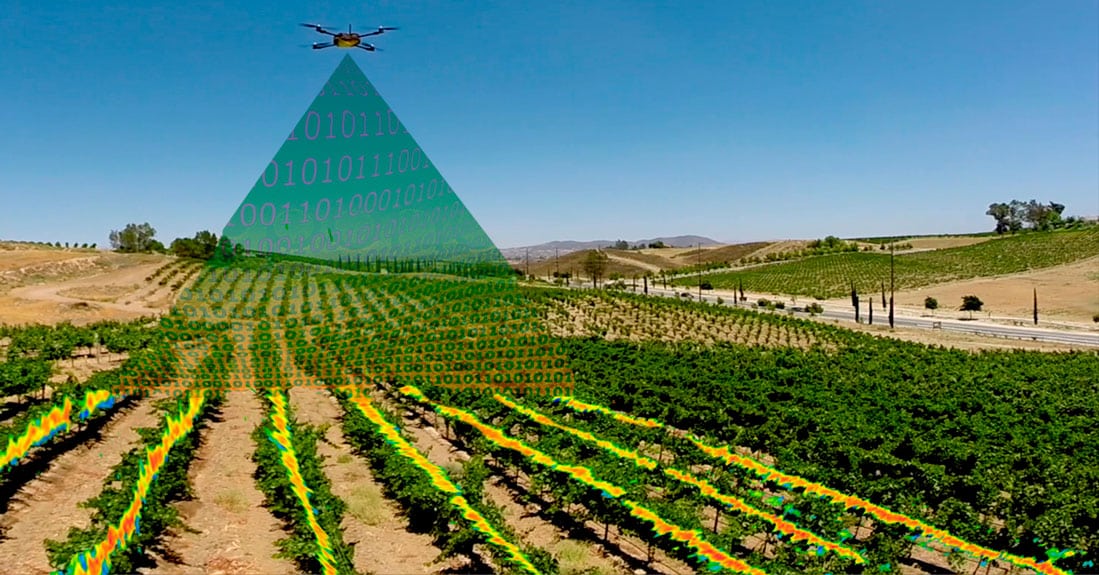The sudden popularity of unmanned aircraft among agricultural industry has three driving forces, according to Stanimir Nachev from Aero Vision Ltd, a company based in Bulgaria.
- The first is technological: the drones specialized in agriculture are becoming easy to use without any special skills. In addition, they are being offered at more affordable prices, ranging from a few hundred to several thousand dollars. Of course, the value is not only in the aircraft.
A farmer can buy cheaper UAV and take some nice pictures, but to make measurements, they need better quality cameras, such as NIR or NDVI cameras to monitor the vegetation. You will also need software and other agronomic data such as soil, water and weather to get a common culture model and make informed decisions.
- The second driving force is awareness of the benefits from the effectiveness. In the UK, for example, the government even gives subsidies to farmers who want to buy an unmanned airplane.
If we generally have to look at the benefits to the owners of the drones, we can say that they are three main ones. One benefit is that seeing the crops from the air you can get a more general idea of the whole field and the general background easier to find problems in separate areas, such as variations in soil humidity, pest and fungal infections that are not visible during normal viewing.
Another advantage is that the cameras can be for multi-spectral imaging to obtain both infrared and visible spectrum data, which can be combined to create a complex assessment of the culture and to highlight the differences between healthy and problematic plants a way that cannot be seen with the human eye. Finally, a drone can give the needed information very quickly and deliver it every week or even every day and hour.
The special software allows data to be stored and combined into a consistent series of images that shows changes in culture over time, revealing early problem areas to ensure better management.
- As the third prerequisite for strengthening the use of drones on farms, it points to the development of a new regulatory policy in this direction. While only a few years ago, seeing UAVs over the field was rare, the drones are now more likely to help the farmers, and countries are moving towards more pragmatic regulations to manage their use.

